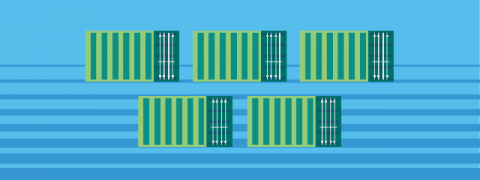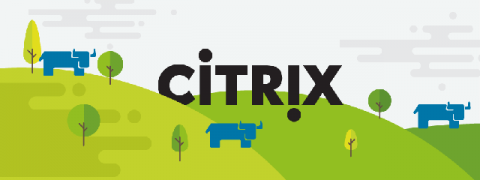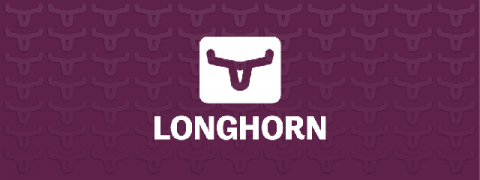Kubernetes Everywhere Enables Simplified Heterogeneous Deployment: Edge, Prem, Cloud
Since almost the beginning of programming, the idea of write-once and deploy everywhere, on all platforms, has been an unreachable ideal to minimize development costs for cross-platform applications, drive UI consistency and reduce security service area. In programming, the cross-platform languages Java and Python have topped developer utilization charts for decades.










